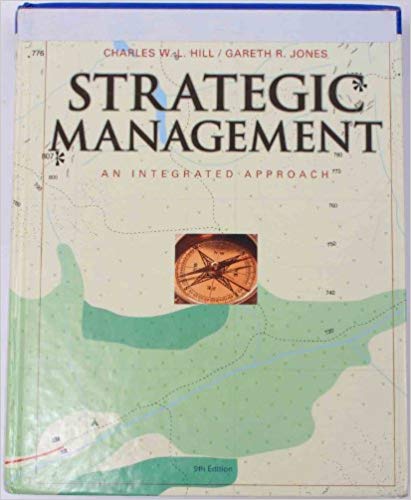1. In the early 1990s, Hanson pulled back from its previously successful strategy of acquiring and restructuring...
Question:
1. In the early 1990s, Hanson pulled back from its previously successful strategy of acquiring and restructuring poorly run companies. Why?
2. Evaluate Hanson’s acquisition of Quantum in 1993 and of the Eastern Group in 1995. Do these acquisitions fit the pattern of Hanson’s acquisitions during the 1980s? (Refer to Case 28: Hanson (A): The Acquisition Machine.) Where is the value going to come from?
3. Evaluate the decision to split up Hanson into four separate businesses. Does this decision make sense?
This case describes the evolution of Hanson PLC’s strategy from 1990 to the de-merger that dismantled the conglomerate in 1996. The central theme in this case is the struggle of the new management team to create a viable strategy for Hanson in the 1990s. The acquisition strategy pursued by the company in the 1980s was no longer viable. What then was the rationale for the company’s continued existence? Ultimately, management decided that Hanson no longer created value for shareholders. Management made the historic decision to split up the company into four independent entities.
Step by Step Answer:

Strategic management an integrated approach
ISBN: 978-0538751063
9th edition
Authors: Charles W. L. Hill, Gareth R. Jones





